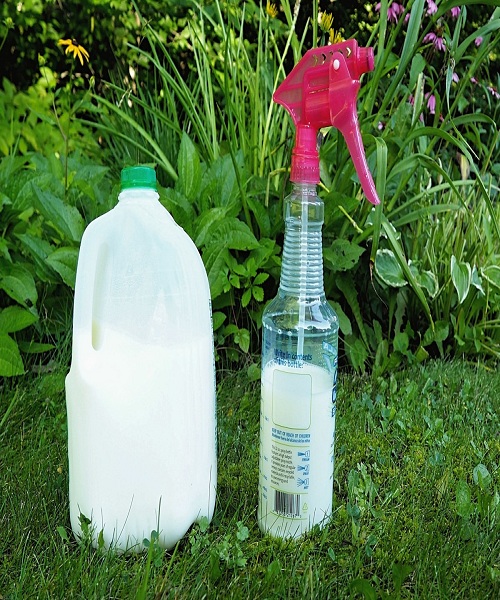One of the best ways to improve one’s physical and mental health is by gardening, which offers a wide range of advantages. In addition, the quality and taste of homegrown and locally grown produce vastly surpasses that of supermarket produce.
Did you know, however, that baking soda can be used as a garden wand?
This multipurpose ingredient is a godsend in the kitchen, but it also has many other uses around the house.
Care for your garden with baking soda instead of expensive synthetic chemicals:
An insecticide
The pests can be repelled by a mixture of one tablespoon of olive oil, two tablespoons of baking soda, and a few drops of liquid soap in a gallon of water. Do this every three days in the garden. Mist the garden with this solution every three days to keep pests at bay.
To get rid of Cabbage worms in your garden, simply mix equal parts flour and baking soda and dust the infested plants.
Five tablespoons of baking soda, five tablespoons of powdered sugar, and one tablespoon of water should be mixed together and then poured into anthills. Reduce the ant population in and around your garden by adding some vinegar.

Fungus, Mildew & Weeds
Fungus in the garden can be eliminated by combining 4 teaspoons of baking soda with 1 gallon of water and then applying the solution to the affected areas.
To keep the fruits and vegetables from getting mildew, mist them with a mixture of 1 tablespoon of baking soda, 2.5 tablespoons of horticultural oil, and 1 gallon of water.
To get rid of weeds, especially crab grass that grows between the cracks in your walkways, wet the area and put a thick layer of baking soda into the cracks to make a paste.

Compost & Soil
To test the pH of the soil, you will need half a cup of baking soda and half a cup of vinegar. Next, collect two soil samples and place them in separate containers. Pour vinegar into one of the samples. If it bubbles, its pH is higher than seven, which means it is alkaline. If it doesn’t, mix half a cup of water with baking soda and add it to the other sample. If it starts to bubble, it is acidic.
Scatter a little baking soda over the top of the compost pile to cut down on the strong odor.

Taste & look of the plants
For sweeter tomatoes, reduce soil acidity by sprinkling baking soda around the plants.
You can encourage your begonias, hydrangeas, and geraniums to bloom once a month by giving them a special tonic made of two quarts of water and one tablespoon of baking soda.
A little baking soda in the water before watering your lilies, irises, geraniums, and daisies will help them flourish and bloom more brilliantly.

Cleaning
Garden ornaments can be cleaned with baking soda. One quart of warm water and 2 tablespoons of baking soda is all you need to clean them. Use the brush to apply the solution, and scrub the stains clean.
Cleaning the garden paths with baking soda works wonders. If they get dirty and overgrown with weeds, you can simply wash them in the same solution and they’ll look like new again.


